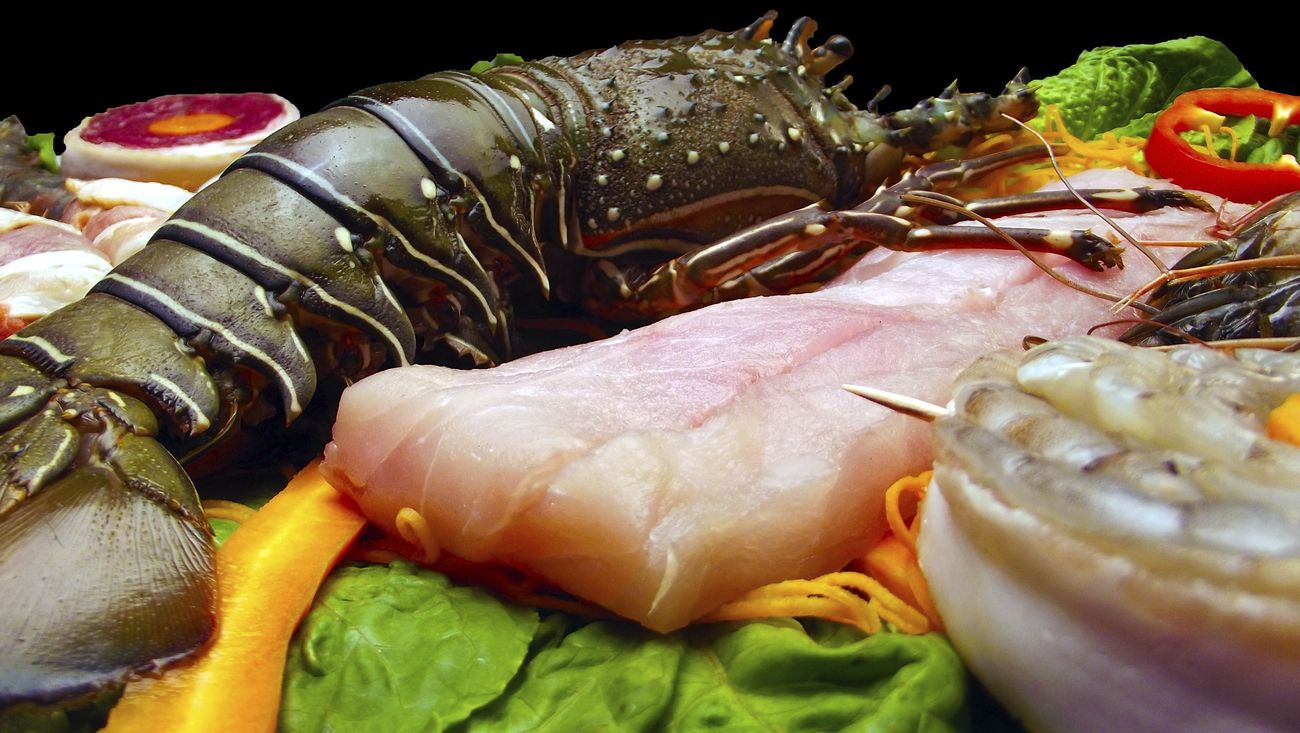
Introdution
Seafood is a delicious and nutritious source of protein, but eating bad seafood can lead to food poisoning. In this article, we’ll explore how long it takes to get sick after eating bad seafood and provide tips for preventing food poisoning.
Symptoms of Food Poisoning
The symptoms of food poisoning can vary from mild to severe, depending on the type of bacteria or virus involved. Common symptoms include:
- Nausea
- Vomiting
- Diarrhea
- Abdominal cramps
- Fever
Spoiled seafood
When it comes to seafood, freshness is key. Unfortunately, sometimes even the freshest catches can spoil if they are not handled and stored properly. Spoiled seafood not only tastes bad, but it can also be harmful to your health. Common signs of spoiled seafood include a strong, fishy odor, slimy texture, and discoloration. If you suspect that your seafood has gone bad, it’s best to play it safe and not consume it. Additionally, it’s important to always purchase seafood from reputable sources and to properly refrigerate or freeze it until you’re ready to cook it. By taking these precautions, you can avoid the unpleasant experience of spoiled seafood.
Bad Seafood Symptoms
Eating seafood can be a delicious and healthy way to add variety to your diet, but being aware of bad seafood symptoms is important to avoid food poisoning. Some common symptoms include nausea, vomiting, diarrhea, stomach pain, and fever. These symptoms can occur within hours or days of consuming contaminated seafood. While anyone can become sick from eating bad seafood, children, pregnant women, and older adults may be at a higher risk. It’s essential to properly handle and store seafood, as well as check for freshness before consuming it. If you experience any of the bad seafood symptoms, it’s crucial to seek medical attention immediately to avoid complications. Being knowledgeable about bad seafood symptoms can help you enjoy this culinary delight without any adverse health effects.
Time Frame for Getting Sick from Bad Seafood
The time frame for getting sick after eating bad seafood can vary depending on the type of seafood and the type of bacteria or virus that is present. Some types of food poisoning may develop within a few hours to a day or two after consuming contaminated seafood, while others may take longer. For example, symptoms of ciguatera poisoning, which is caused by eating contaminated reef fish, may not appear for several days after consuming the fish.

Tips for Preventing Food Poisoning from Seafood
To prevent food poisoning from seafood, it’s important to handle and prepare it properly. Here are some tips to follow:
- Buy seafood from a reputable source.
- Check for signs of freshness.
- Store seafood properly.
- Cook seafood thoroughly to an internal temperature of at least 145°F (63°C).
- Use separate cutting boards, utensils, and plates for seafood and other foods to avoid cross-contamination.
Navigating the Culinary Seas: Anchors of Prevention
To navigate the perilous waters of seafood-related food poisoning, it’s imperative to chart a course of culinary prudence. The lighthouse of prevention illuminates the way:
1. Seek Trusted Harbors: Source seafood from reputable purveyors, ensuring your bounty is untarnished.
2. Evoke the Aura of Freshness: Embark on a visual odyssey, scanning for the subtle signs of oceanic freshness.
3. Hoist the Banner of Storage: Safeguard your treasure trove of seafood by storing it in accordance with best practices.
4. Harness the Flames of Culinary Mastery: When the heat of culinary artistry beckons, ensure seafood is thoroughly cooked, its temperature reaching a triumphant 145°F (63°C).
5. Quarantine the Utensils: Forge a divide between cutting boards, utensils, and plates meant for seafood and those for other victuals, thwarting the march of cross-contamination.
The Final Coda: Ensuring Gustatory Harmony
In the grand finale of this culinary opera, the conclusion rings true: the onset of food poisoning symptoms is a nuanced performance, often unfolding within hours or a day or two. A vigilant conductor of culinary craftsmanship, adhering to food safety protocols and summoning the flames of proper cooking, transforms seafood into a tapestry of nourishment, shielding you from the cacophonous clutches of illness. As you savor the ocean’s treasures, rest assured that with every bite, you dance upon waves of gastronomic harmony.
Conclusion
If you’ve eaten bad seafood, you may start to experience symptoms of food poisoning within a few hours to a day or two. To prevent food poisoning, it’s important to handle and prepare seafood properly. By following food safety guidelines and cooking seafood to the proper temperature, you can enjoy this nutritious protein source without the risk of getting sick.
FAQ









Great article! Understanding the timeframe for foodborne illnesses from bad seafood is crucial for identifying and managing potential symptoms
Daniel Ramirez
Thank you for your valuable comment.